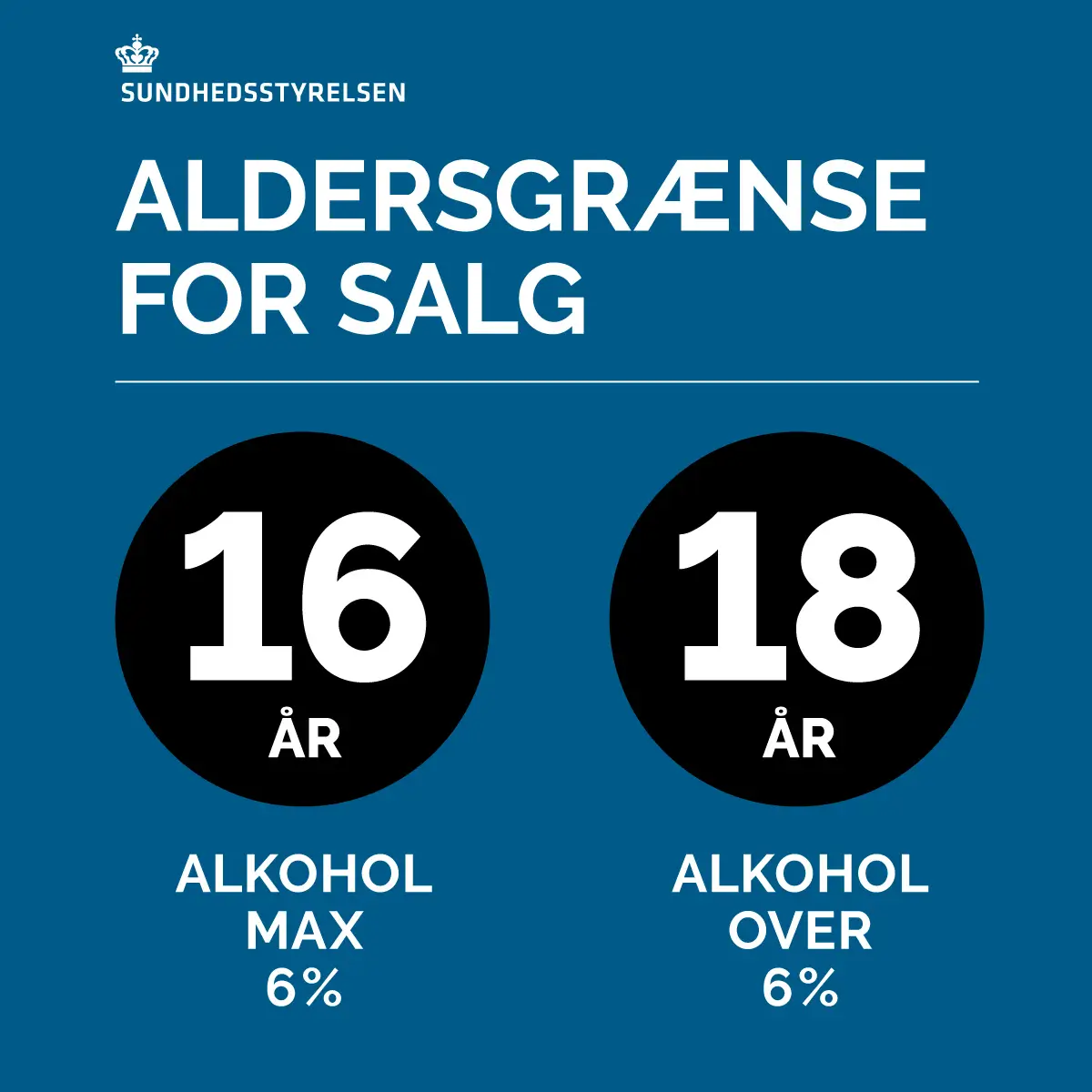Production of Port Wine
All production of port wine takes place in the Douro wine region in northern Portugal. The vines are planted on terraces on the steep slopes, which gives the Douro Valley its unique and incredibly beautiful appearance. However, it also means the area is quite inaccessible. Therefore, all grapes for port wine production are harvested by hand because only a few vehicles can drive on the steep slopes. The grapes are collected in large boxes, which are transported by small trucks along the winding roads to the Quintas, where the production begins.
When producing port wine, the process begins like that of red wine, allowing the grape skins to ferment with the must. The grapes are crushed and pumped into a large tank called “Cubas.” When fermentation begins, the must rises to the surface of the tank. It works like a combination of a coffee machine and a fountain. A constant rotation of the must is created through a special hydraulic system, ensuring the fermenting must is always in contact with the grape skins, where the color is located.
After 24-36 hours, the must is drained from the tank and transferred into wooden casks. For every 500 liters of must, 100 liters of 77% Aquadente/grape spirit (formerly Brandy) is added. This immediately halts fermentation, preserving the sugar in the must, which is now considered a young fortified wine with an alcohol content of 16-18%. The timing of when Aquadente is added to the must depends on the desired sweetness level of the final port wine. The longer the wait, the drier the wine becomes.
The cask is now “roused,” meaning the contents are mixed thoroughly to ensure that the Aquadente has been completely absorbed into the must. The wine then rests for a few months before being transferred to new casks, where it receives another addition of Aquadente, bringing the alcohol content up to 18-20%.
The following year, in early spring, the young fortified wine is transferred to containers or elongated 525-liter casks (Pipas) and moved from the vineyards (Quintas) to blending and storage houses in Vila Nova de Gaia. Since 1987, it has been possible for individual houses to also store the wines in the valley.
The Port Wine Institute reviews the port wines and divides them into three categories: 1) quality wines without production faults, 2) wines with various faults that can be treated or corrected, and 3) wines that are rejected due to significant faults. The Port Wine Institute’s evaluation is crucial in determining the type of port wine.
For port wine production, only local grape varieties are used.




